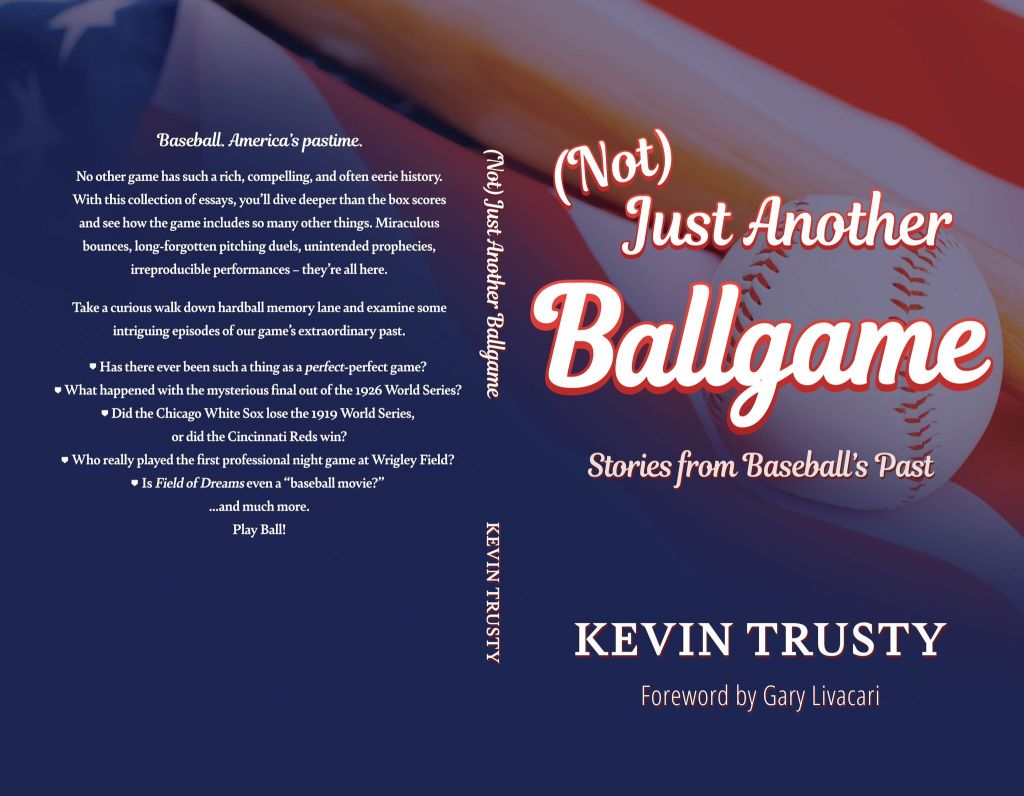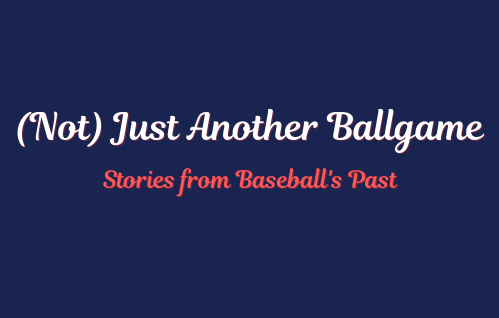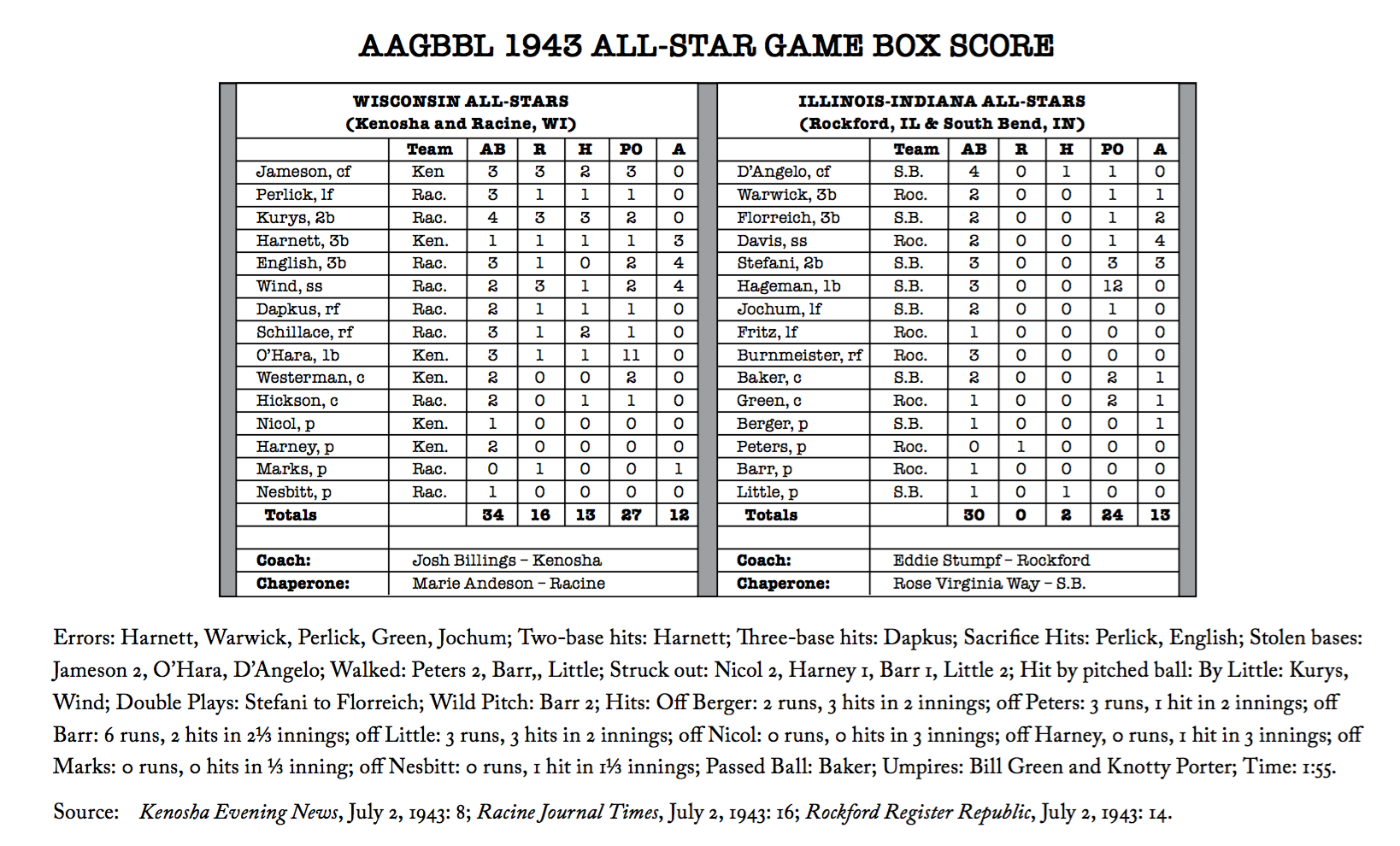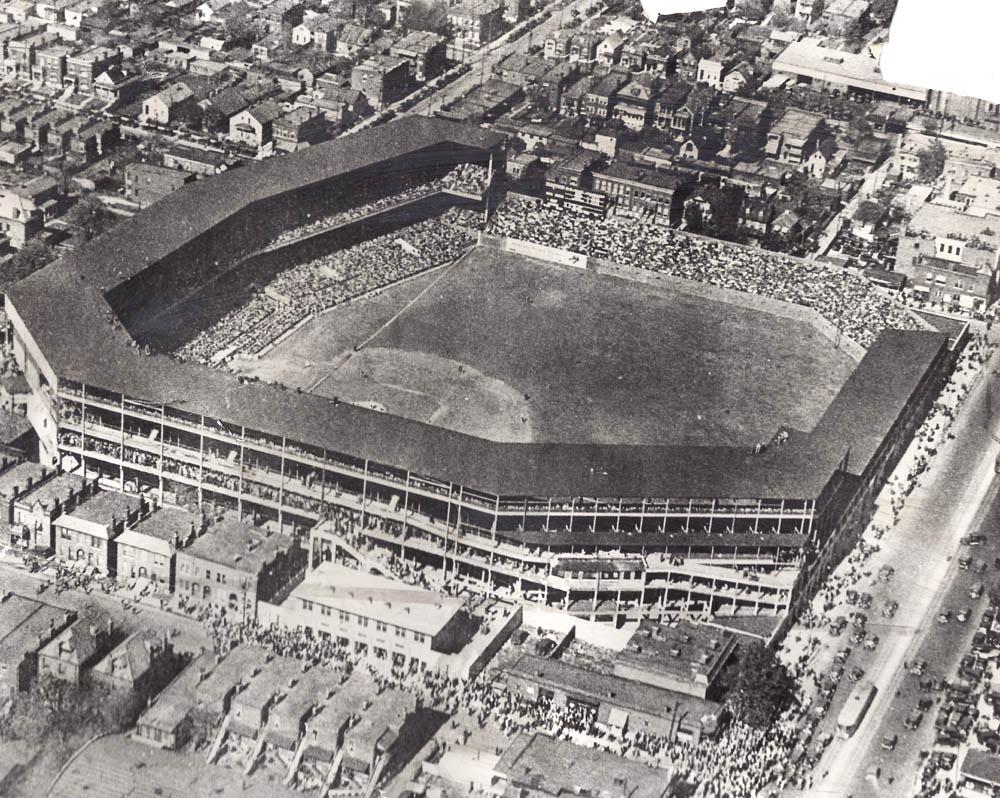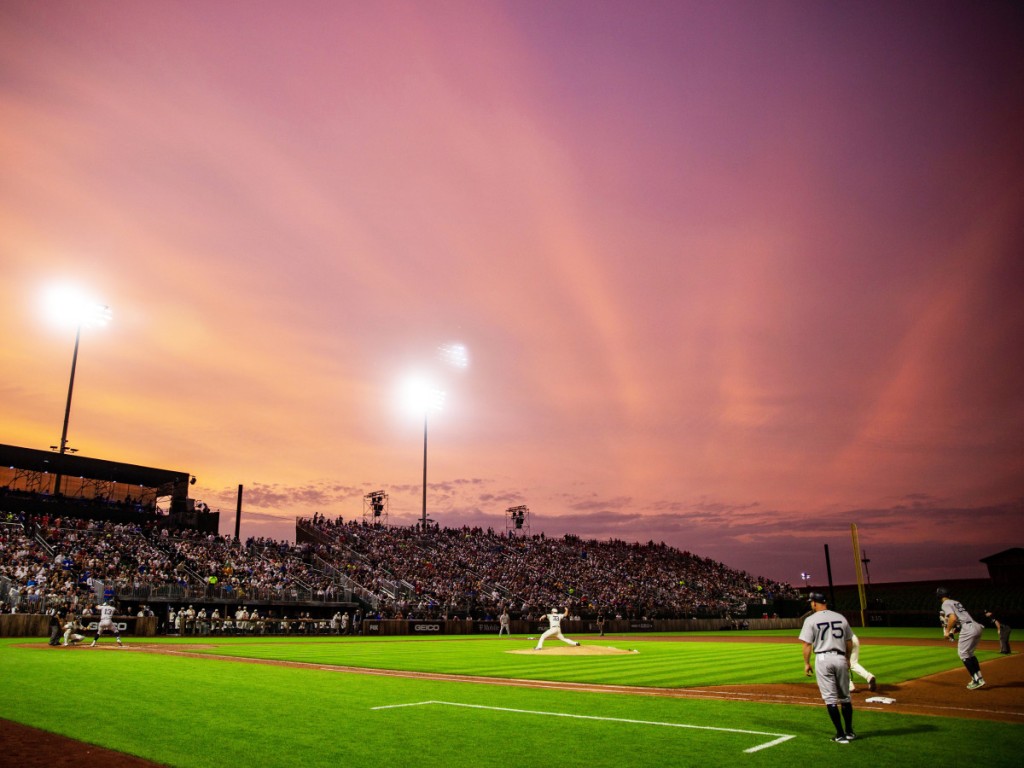
The inaugural Field of Dreams Game was simply a success. And it succeeded because it was simple.
The newly built stadium was unsurprisingly packed (despite the astronomical ticket prices), and the whole rural setting – coveted movie site or not – looked amazing. Mother Nature also dished out a key assist with absolutely idyllic weather, complete with a gorgeous Iowan sunset.
FOX Sports delivered it all with a sterling production that was neither overblown nor underwrought. It was just right. In fact, it may have been one of the smoothest and best-produced ballgames you’ll ever see, again in part because of it’s scaled-back simplicity.
Then there was the game itself, which was outstanding.
Two classic franchises in awesome retro-styled, though with a modern twist, uniforms engaged in a power barrage. The slugfest featured eight home runs, including three in the ninth inning. Facing a 7-4 deficit, Yankee sluggers Aaron Judge and Giancarlo Stanton gave their squad an 8-7 lead after each tagged Liam Hendriks with 2-run shots.
But then, in true Hollywood fashion, White Sox shortstop Tim Anderson walked it off in the bottom of the ninth with a 2-run blast of his own, setting off fireworks in the cornfield as he and his White Sox celebrated the 9-8 victory. (On a fun personal note, I called this walk-off on Twitter mere seconds before it happened.)
In all, it was a great game in a perfect setting. As an event, it was stellar. But did MLB hit its mark with it?
In their ongoing effort to attract and retain younger fans, it might seem counterintuitive to hype up a game at a site (and with plenty of hoopla) honoring a movie that came out before most of them were born. Perhaps not surprisingly, the 35+ crowd loved it all. But there were plenty of younger folks in the stands, and there were a lot of social media posts from parents saying that their kids loved the game and are now experiencing the movie – or vice versa – and so that is great in MLB’s eyes. Time will tell about the whole impact.
Big picture-wise, Major League Baseball stumbled onto a great possibility.
In another case of what’s old is new again, MLB may have dug up the chance to develop a modern form of barnstorming. While future games in Dyersville, Iowa would/will be great, imagine having an MLB game in random places across the country. They could take the show on the road to the four corners of the country, exhibiting big league baseball in states and markets who don’t have their own team. Cheyenne, Billings, Albuquerque, New Orleans…the list goes on of terrific cities and landscapes where an MLB game would have a huge and enjoyable impact for both players and fans. We’ll see where it goes from here, but the opportunity may exist.
With regard to the movie, its presence was obvious the whole time, playing on the same site notwithstanding. James Earl Jones delivered another great soliloquy during the pregame video, and Kevin Costner was in attendance, leading the players out of the cornfield and providing a couple great innings’ worth of discussion in the broadcast booth.
One of the more underappreciated parts of this whole event was the acknowledgments to the late WP Kinsella, the genius who brought us the novel Shoeless Joe, from which all of this magic originated. One could imagine his estate saw an uptick in book sales this week, and justifiably so. On a similar note, Fox Sports playing snippets of the also-late James Horner’s incredible score throughout the broadcast added a nice touch, for without his music the film would not have had remotely the same impact.
But taking it back to the game and the atmosphere for a moment…
If you strip away all the associations to the film and all the hype and ballyhoo, what you had was a simplified, few-frills exhibition of baseball. It was MLB-Unplugged. No cavernous stadium, massive video boards, fancy effects and other in-game visuals that accompany today’s big league games. It was just baseball in the middle of a field. With a manual scoreboard and dugouts built from distressed lumber. It looked and felt far less modern – which was the point – for baseball is a nostalgic game, and that aura was captured quite well last night.
It wasn’t corny (sorry, couldn’t resist), though it easily could have been.
Sometimes you just have to let baseball be baseball and it was something that I think fans appreciated.

